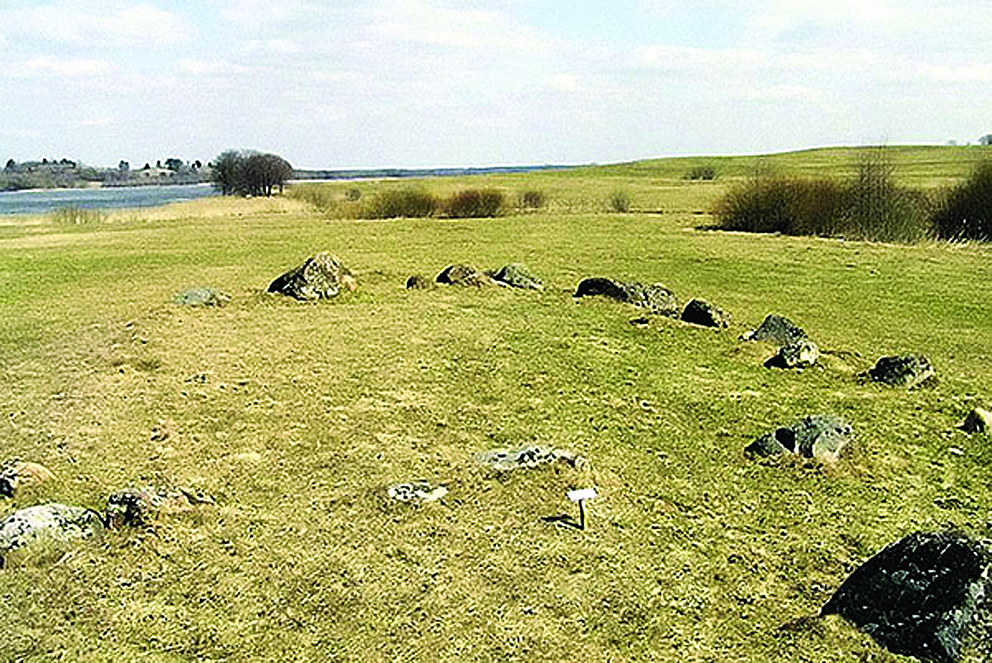The English site is known worldwide but few have heard of the Belarusian ‘Stonehenges’, of which there are two, both twice the age of that situated in the UK

Pagan temple made by hand
Gates to lost paradise
The first natural miracle is situated on the bank of Lake Yanovo, between the villages of Svyatitsa and Bikulnichi (Polotsk District). Huge red and pink stones are scattered over the meadow; some perceive them as ‘female’, as they seem to radiate soft warmth. Looking at them from above, they form a ‘П’ shape, with each side around 15m in length. The construction faces Volatova Hill [originating from Belarusian-language ‘volat’, meaning strongman], which is on the other side of the lake. These constructions are thought to be at least 10,000 years old.
The stones were placed by people and their colour and inscriptions are also formed by human hand. Ancient people chose the site in the belief that it has much natural energy. All the stones resemble each other, being pyramid-like in shape. Standing at the centre, you have the impression of time travel, as if seeing legendary Hyperborea: the lost earthly paradise and cradle of the Slavonic nation. There are powerful forces on the site; it’s impossible not to feel them.
Historians consider the stones to be the remains of an ancient settlement also used as an observatory. At the time of the summer solstice, our forefathers celebrated on the site, honouring the dying and reviving Sun, as its last ray faded. Immediately afterwards, a ritual fire was burnt behind Volatova Hill. The pagan temple on Yanovo Lake is part of an ancient sacral system. Scientists have discovered mysterious stone artefacts on the banks of neighbouring lakes, which seem inter-connected, creating a single water space, and perhaps reflecting the constellations.
Lunar calendar for pagan astronomers
The second ‘Stonehenge’ is situated in Kupa, near Orsha and is also full of mysteries. A great pile of boulders is found on the bank of the River Dnieper, the largest being over 2m in diameter, and situated at the centre. The remaining stones create two rings around it.
This strange place was discovered 25 years ago and scientists still do not know from where these boulders originate, since nothing of the kind is found nearby. They may have been placed in a circle to serve as a lunar calendar, helping define the time of the summer solstice, as well as Kupalie night (from which the name of Kupa originates).
Specialists at the National Academy of Sciences’ History Institute believe the site to have been created intentionally, having housed a pagan temple, within which wooden idols were sacrificed.
Famous Belarusian researcher Ilya Butov has voiced the most impressive idea, believing the boulders in Kupa and English Stonehenge to be co-brothers. In ancient times, they had a single purpose: to act as an astronomic observatory. Interestingly, both are situated at the 54th latitude, as are other mysterious stone structures in Europe. It’s unlikely to be an accident, since this latitude is best for observing the Moon. ‘European’ people of ancient times — many centuries prior to Christ’s birth — lived under a single lunar calendar.











